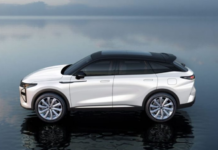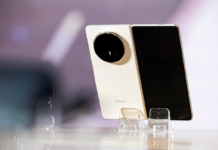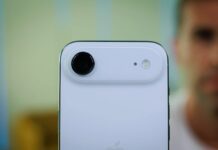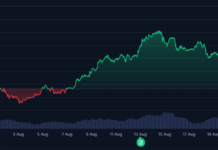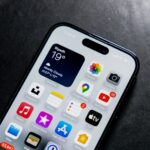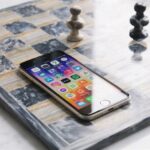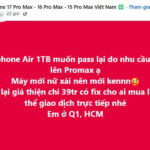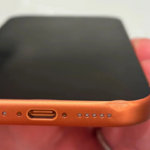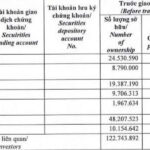The iPhone Air is a stunning technological showcase, but it’s not worth your money, according to Phone Arena’s recent review.
This year, we witnessed the world’s thinnest iPhone, the iPhone Air—an ultra-light device with a titanium and glass frame, resembling a concept sketch rather than a 2025 smartphone.
Holding it feels like grasping the future. “How can it be so thin? So light? It’s breathtaking!”
However, don’t let the initial excitement fool you. Once you take this sleek Air home and use it like a real phone—taking photos, shooting videos, listening to music, browsing the web, or doing anything a regular person does with a phone—the flaws quickly surface.
Suddenly, this $1,000 “fashion phone” (over $30 million VND in Vietnam) no longer feels futuristic. Instead, it’s a beautiful piece of tech you’ve overpaid for.
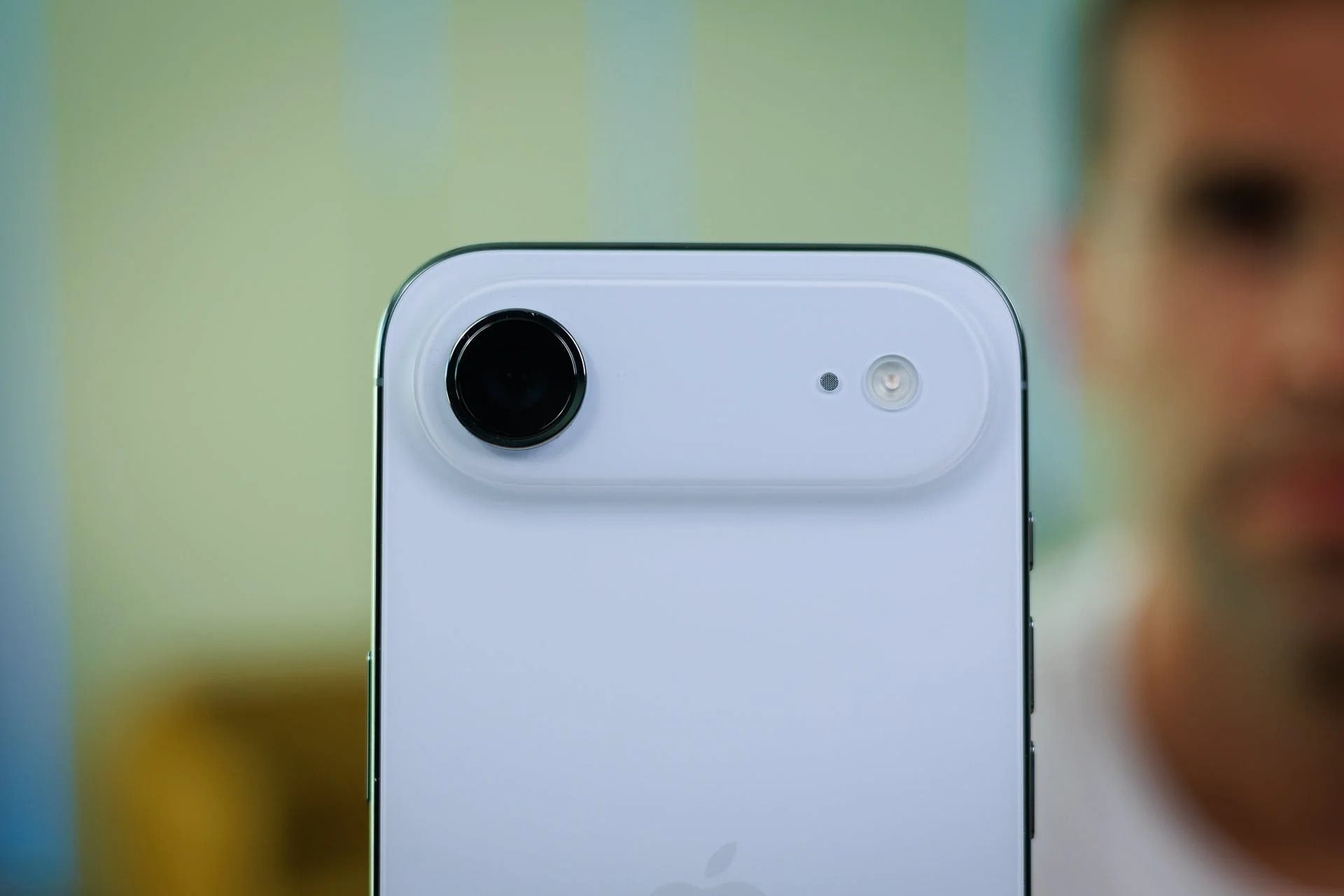
What’s the Cost of Such Elegance?
To be fair, Apple achieved something remarkable. At 5.6 mm thick (equivalent to three stacked toothpicks) and weighing 165 grams (like a cup of coffee), the iPhone Air makes every other modern phone look bulky.
It’s the only iPhone in years that truly feels like a brand-new product. Holding it for the first time, you can’t help but feel you’re touching something extraordinary.
But (and this is a big “but”), that “wow” factor fades fast once you start using it. The little things start to add up, and you realize how many compromises were made for such a stunning design.
Unlike the Galaxy S25 Edge, which is also thin and light without sacrificing too many features, the Air’s entire focus seems to be: “Look how thin and beautiful I am.”
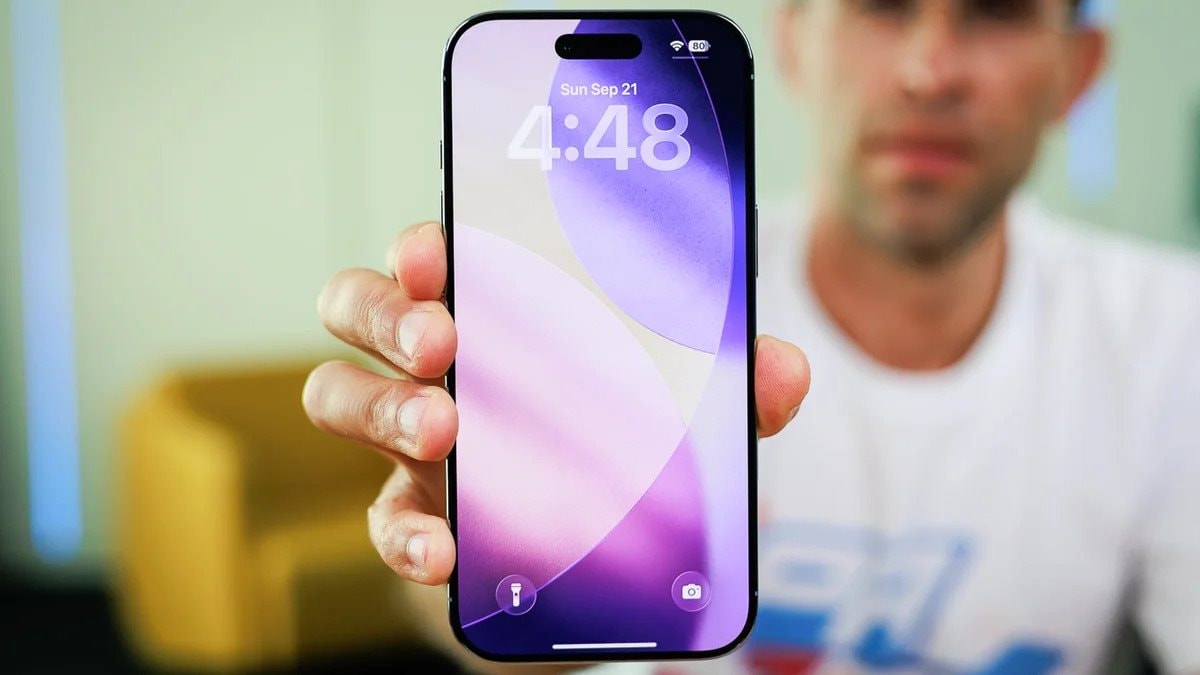
A Single Camera on a $30 Million Phone is Unacceptable
The Air’s most glaring flaw is its single-camera setup. In 2025, when you pay $1,000 for a phone, you expect at least a dual-camera system. The standard iPhone 17 has two cameras, and even its rival, the Galaxy S25 Edge, has two.
Phone Arena scored the Air’s photo and video capabilities at 126 and 122, respectively. Compared to the iPhone 17’s 150/145 or the S25 Edge’s 140/134, it’s clear you’re not getting the best value for your money.
You’ll miss out on ultra-wide and telephoto shots, which is unacceptable in this price range.
The new square-shaped selfie camera is a neat trick, allowing horizontal selfies while holding the phone vertically. But it’s a minor gimmick that can’t make up for the lack of a full camera system. Plus, this 18MP camera doesn’t significantly improve image quality over the previous 12MP versions.
A Single Speaker in 2025?
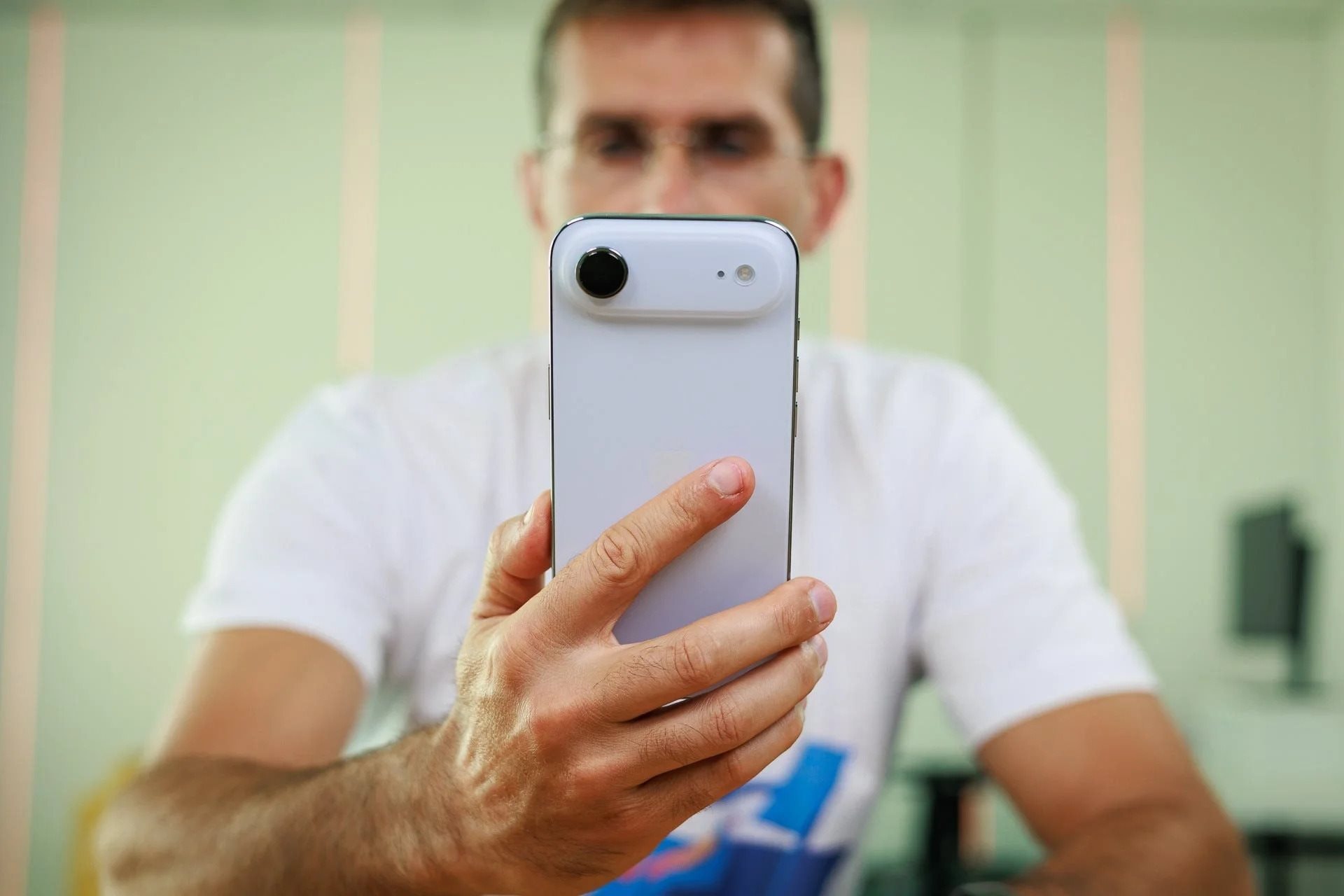
The iPhone Air has only a single (mono) speaker in 2025, on a $1,000 phone. You not only miss out on stereo sound but also get a strange experience when watching videos—the audio quality is poor: lacking depth, bass, and worst of all, the volume is very low. Watching a YouTube video feels like using a budget phone…
Combined with a weaker haptic feedback system compared to the Pro models, you start to realize how shallow the Air’s “premium” experience truly is.
We all expected the iPhone Air to perform poorly in battery tests. However, what no one anticipated was that the lack of stereo speakers would inadvertently improve battery life.
With a 3,149 mAh battery, the Air lasted 6 hours and 43 minutes in tests, slightly better than the S25 Edge’s 6 hours and 22 minutes.
That’s good news, but it’s overshadowed by another critical battery-related factor: charging speed. The Air is limited to 20W, which is disappointing compared to the iPhone 17’s 40W and the S25 Edge’s 25W.
Still, the difference isn’t huge. A full charge takes 1 hour and 36 minutes on the Air versus 1 hour and 16 minutes on the iPhone 17.
However, achieving this battery life by using a single speaker with poor audio quality leaves a bitter aftertaste.
Unnecessary Excessive Power
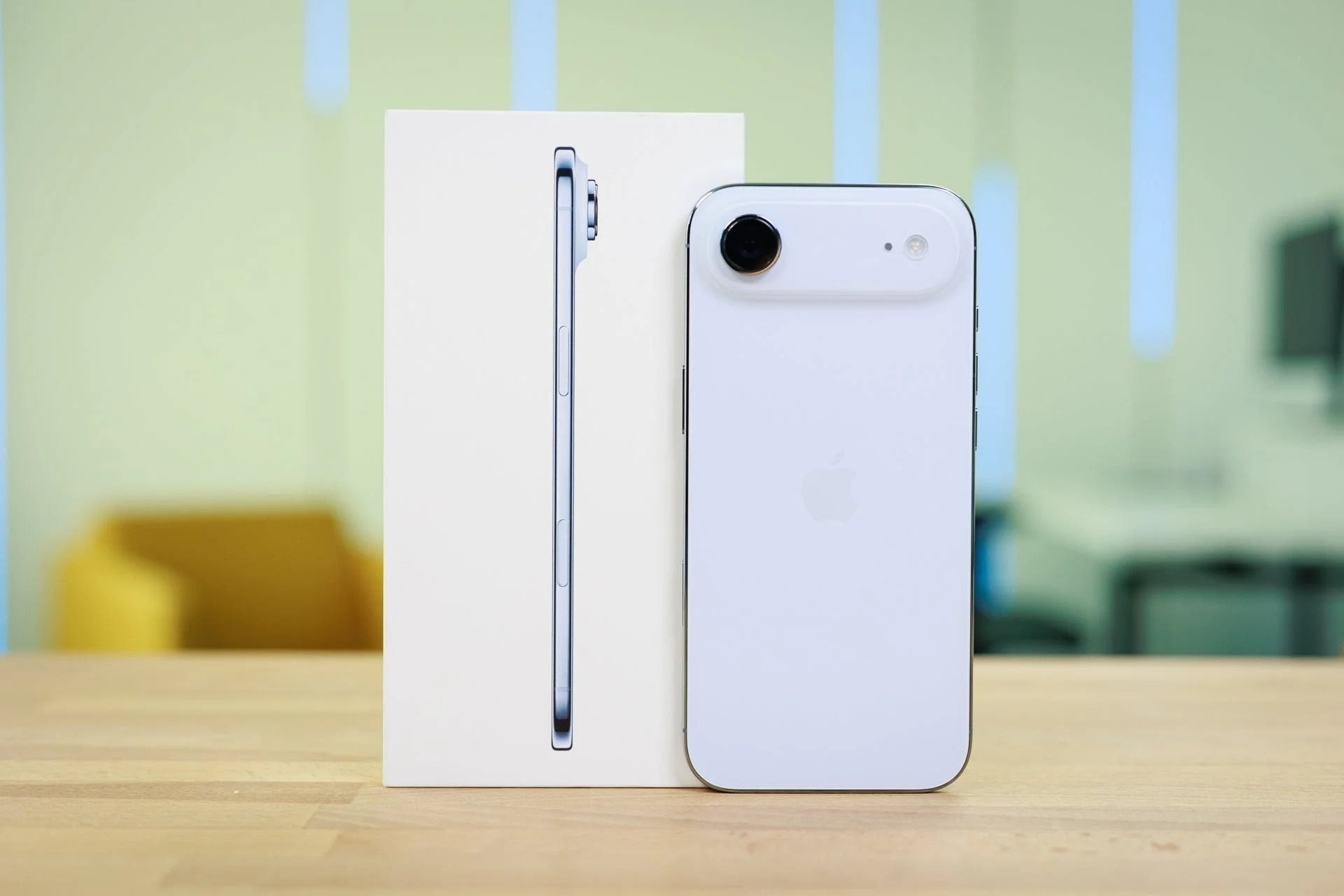
Apple equipped the Air with the A19 Pro chip—despite disabling one GPU core, it’s incredibly fast. Geekbench and 3DMark tests prove it can compete with the Snapdragon 8 Elite in the S25 Edge, no small feat.
The problem is the lack of a vapor chamber cooling system in such a thin frame to keep the chip at optimal temperatures, and titanium isn’t a great heat conductor.
If you run a few heavy tasks in a row, the Air will throttle more than the standard iPhone 17. It’s fine for casual social media use, but it’s not the phone you want for editing videos or photos for those platforms.
Did Apple really need to show off with the A19 Pro here? Absolutely not. The A18 would have been more than sufficient, likely reducing the price by a few hundred dollars and making the phone more accessible. But no, Apple chose the “luxury” route.
Looks Good, But Don’t Buy It
You’re at the Apple Store, and you spot the iPhone Air—a gleaming object under perfect lighting. You think, “Wow, titanium looks so sleek.” You’ll want to hold it, turn it in your hands, maybe even show it off for a moment. But chances are, you’ll sell it within a year.
Meanwhile, you might glance at the standard iPhone 17 sitting next to the Air. Yes, it looks familiar—even boring—but it’s $200 cheaper, has better cameras, charges faster, and requires fewer compromises overall. In fact, it’s probably the best value phone Apple has released in five years.
So, while the Air might turn heads and feel trendy, it’s more of a fashion statement than a great phone. And like most fashion statements, the glamour will fade faster than you think.
Don’t forget that the iPhone Air only supports eSIM in all markets, which isn’t ideal if you still want to use a physical SIM.
So, the advice is: admire it, visit the store and experience it if you like, but don’t buy it unless you’re absolutely sure you won’t regret it.
Unveiling the iPhone 18: A Revolutionary Leap in Smartphone Technology
The iPhone 17 hype is still fresh, but whispers of the iPhone 18 are already shaking things up. Rumors suggest a groundbreaking lineup with six models, including the highly anticipated iPhone Fold, potentially making its official debut.
“iPhone Resale Frenzy: ‘Pass Quickly’ on Old Models, Anticipating the iPhone 17 Universe”
Following the launch of the iPhone 17, the secondhand market is buzzing with activity, as users flock to social media platforms using the keyword “upgrade.” This presents a golden opportunity for those looking to purchase older iPhone models at more affordable prices.

